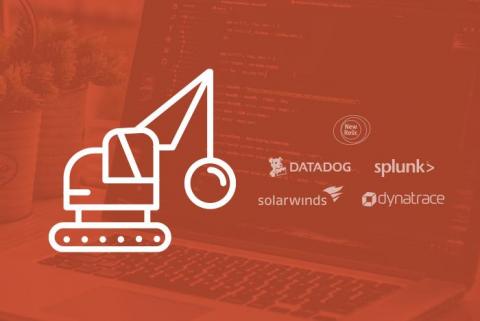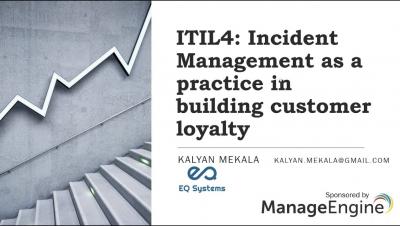The $5B DevOps Stranglehold
Ten years ago NewRelic, DataDog, Splunk, Dynatrace and SolarWinds built tools we loved to use. They were easy to implement and solved problems quickly and efficiently. Each company was known primarily for a single, well-conceived product. NewRelic’s APM. Splunk’s log file analyzer. DataDog’s server monitor. SolarWinds’ network performance monitor. These companies were beloved by users during the 2000s. Fast forward to 2020 and the world is very different.











